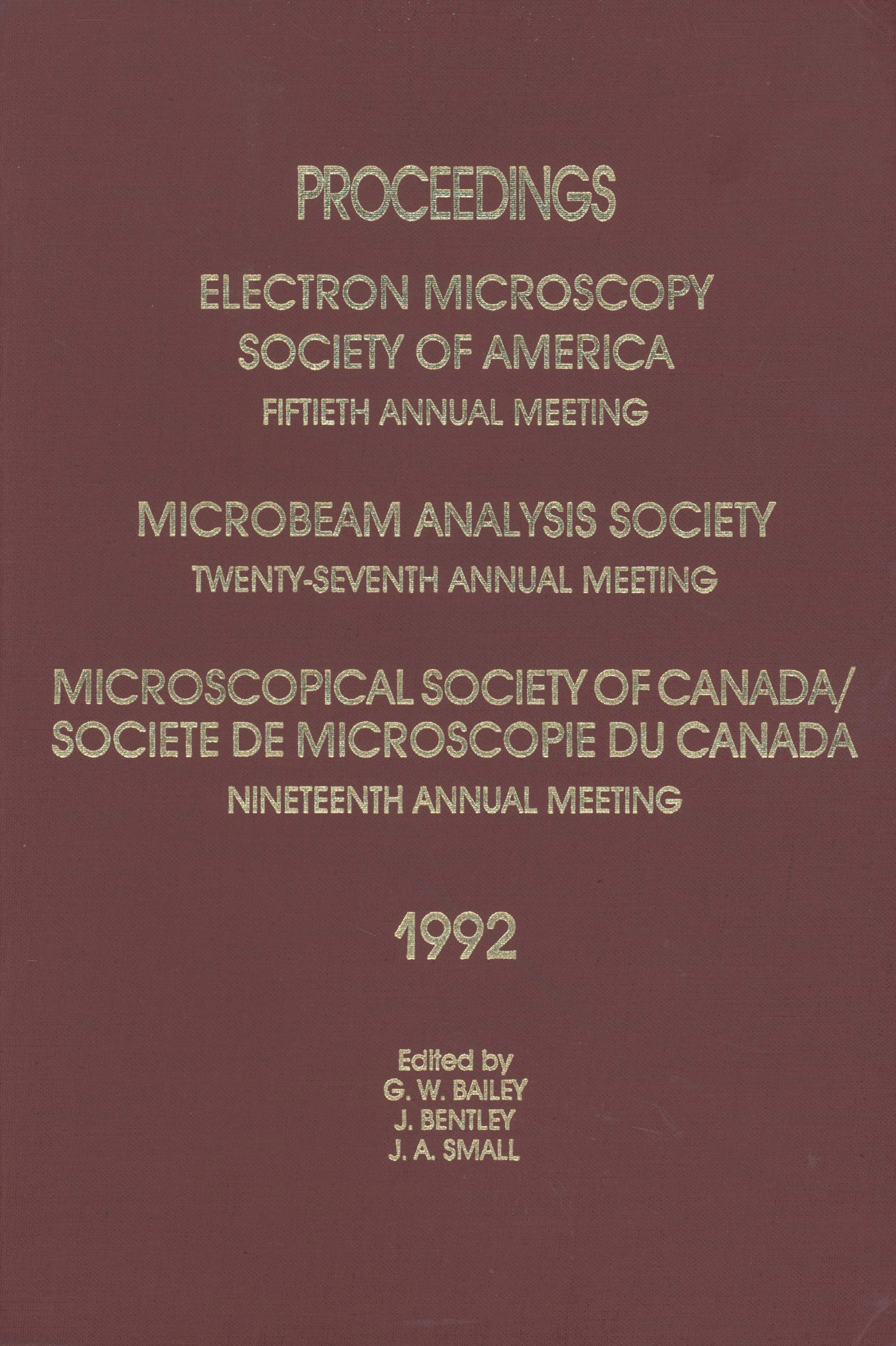No CrossRef data available.
Article contents
Stereoscopic Methods in TEM
Published online by Cambridge University Press: 18 June 2020
Extract
The use of stereoscopy to characterize three-dimensional structures observed by TEM has become widespread since the introduction of instruments operating at 1 MV. In its emphasis on whole structures and thick specimens this approach differs significantly from conventional methods of microstructural analysis based on three-dimensional image reconstruction from a number of thin-section views. The great advantage of stereo derives from the ability to directly perceive and measure structures in three-dimensions by capitalizing on the unsurpassed human ability for stereoscopic matching of corresponding details on picture pairs showing the same features from different viewpoints. At this time, stereo methods are aimed mainly at structural understanding at the level of dislocations, precipitates and irradiation-induced point-defect clusters in crystal and on the cellular level of biological specimens. 3-d reconstruction methods have concentrated on the molecular level where image resolution requirements dictate the use of very thin specimens.
For the most part the stereo methods used in TEM are direct and unsophisticated. Stereo pairs of micrographs are taken by tilting the specimen to record two views of the same structural features from viewpoints ten or so degrees apart.
- Type
- Symposium: 3-Dimensional Reconstruction in Electron Microscopy
- Information
- Copyright
- Copyright © Claitor’s Publishing Division 1975


